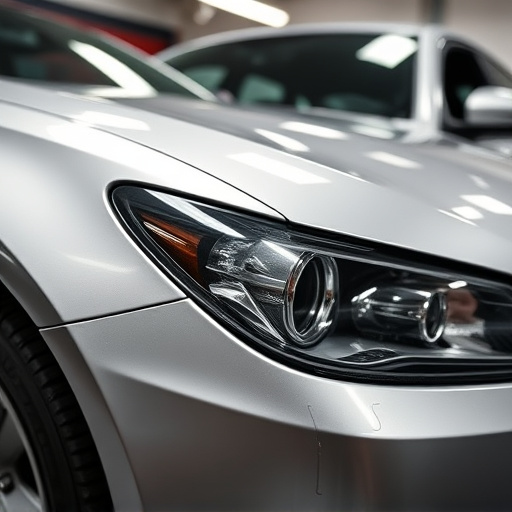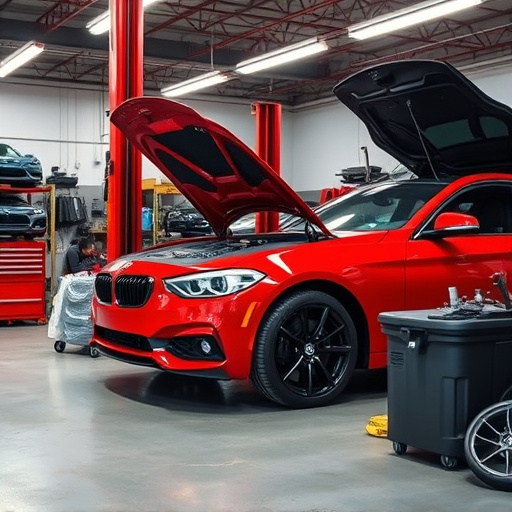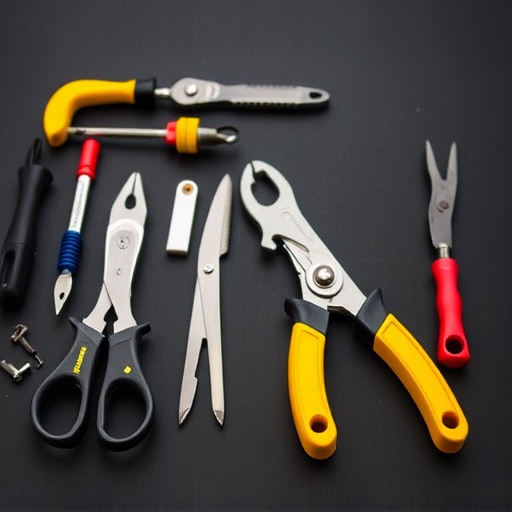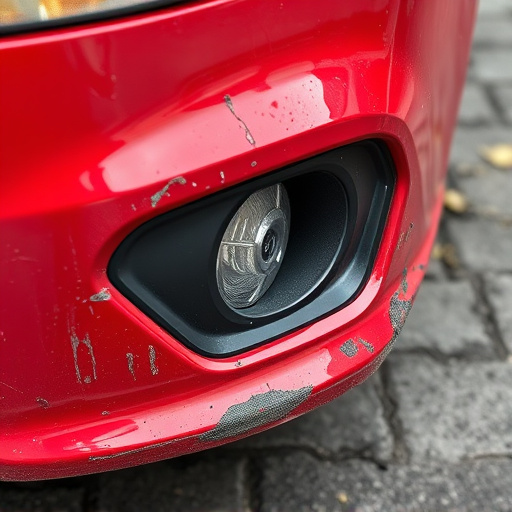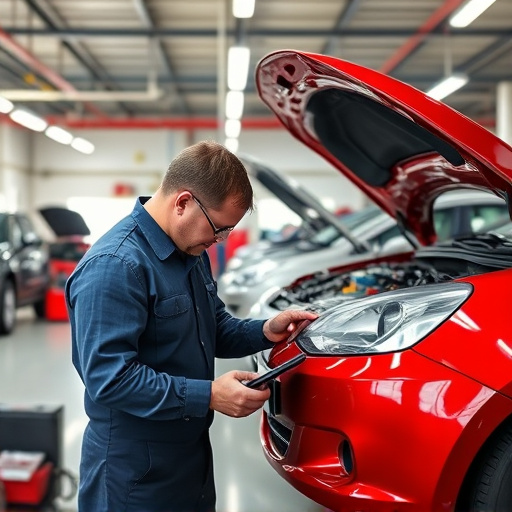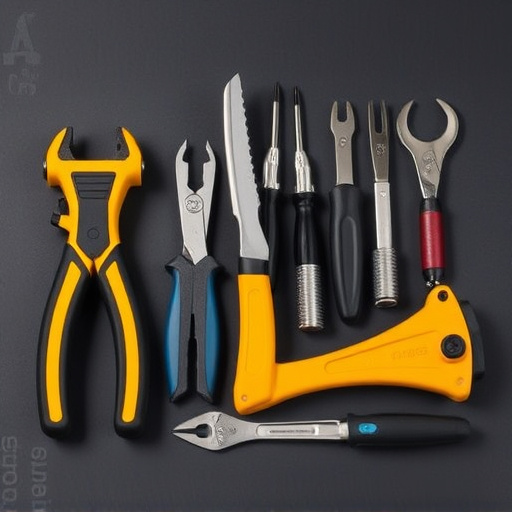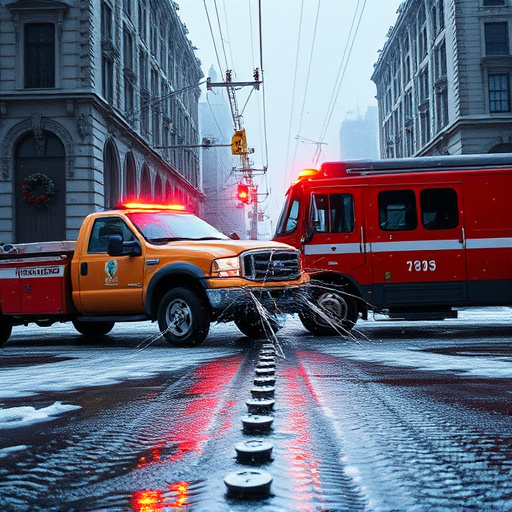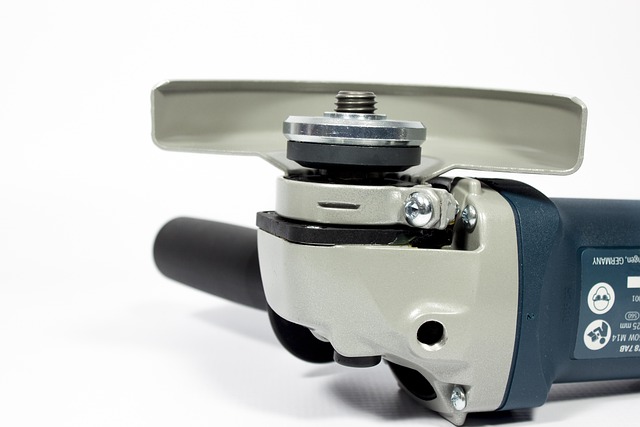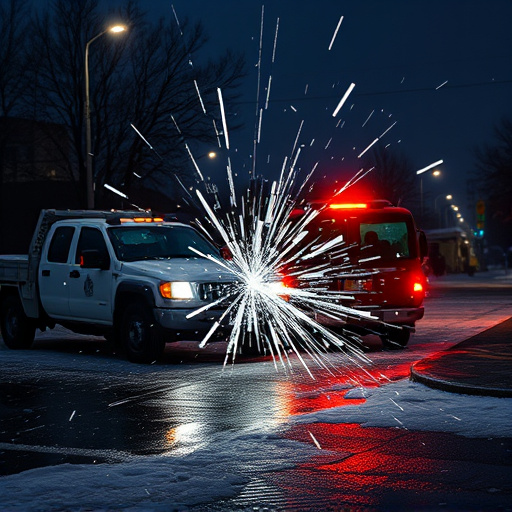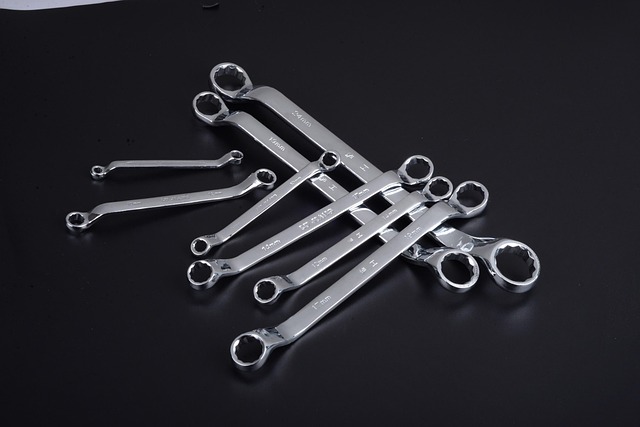Rural auto body shops face unique challenges due to limited accessibility and competition, leading to higher costs for specialized services. Environmental factors contribute to increased operational expenses, setting them apart from urban centers. While smaller populations may limit customer reach, reduced competition allows for competitive pricing strategies. These shops offer specialized services, foster strong client relationships, and benefit from local suppliers, creating unique selling points. However, they struggle with labor scarcity, higher costs, and efficiency issues, making it challenging to compete on price while attracting skilled technicians.
Understanding the costs associated with rural auto body shops is crucial for both businesses and consumers in these unique communities. This article delves into the factors that influence pricing, examining the challenges and opportunities presented by rural locations. We compare urban and rural shop costs, analyzing overhead expenses and offering strategies for fair pricing. Additionally, we explore optimization techniques like lean practices, local supplier relationships, and technology investment to enhance cost-efficiency in rural auto body shops, ensuring quality service at competitive rates.
- Factors Influencing Rural Auto Body Shop Costs
- – Unique challenges and opportunities in rural locations
- – Higher labor costs and limited workforce availability
Factors Influencing Rural Auto Body Shop Costs

Several unique factors contribute to shaping the costs associated with rural auto body shops. One key aspect is the general accessibility and competition within the region. In remote areas, there may be fewer auto repair facilities, leading to a smaller customer base and potentially higher prices due to limited competition. This dynamic can result in diverse pricing strategies, where shops might offer specialized services or cater to specific needs of rural communities.
Additionally, the complexity of repairs plays a significant role. Rural areas often witness vehicles damaged by diverse environmental factors like harsh weather conditions or rough terrain. Consequently, auto body shops may need to invest in specialized equipment and techniques for vehicle dent repair or even car restoration, which can drive up operational costs. These considerations are vital when understanding why collision repair shops in rural settings might charge different rates compared to urban centers.
– Unique challenges and opportunities in rural locations

Rural locations present both unique challenges and opportunities for auto body shops. On one hand, smaller populations mean a reduced customer base, potentially impacting business sustainability. Limited competition can also lead to higher prices, as there’s less pressure from a diverse market. However, lower overhead costs in rural areas can offset these challenges, making it an attractive option for cost-conscious businesses and customers alike.
Moreover, rural auto body shops often enjoy a closer-knit community, fostering trust and loyalty among clients. They may also have access to local resources and suppliers, streamlining supply chains and further reducing expenses. This strategic position allows them to specialize in niche services or cater to specific vehicle makes and models prevalent in the area, setting them apart from urban competitors offering more generalized auto body shop and vehicle collision repair services.
– Higher labor costs and limited workforce availability
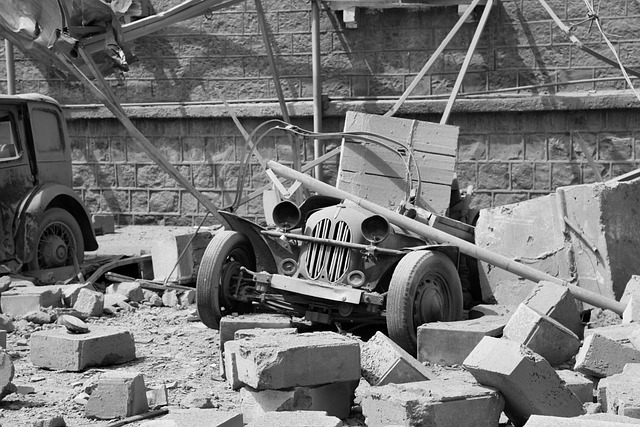
Rural auto body shops often face unique challenges when it comes to managing costs, primarily due to higher labor expenses and a constrained workforce. In these areas, skilled technicians may be scarce, leading to increased competition for their services. As a result, shops may need to charge premium rates to attract and retain talented employees, especially those with specialized knowledge in complex repairs like Mercedes Benz repair.
The limited availability of labor can also impact the efficiency of auto bodywork processes, potentially affecting turnaround times. These factors contribute to the overall operational expenses of rural shops, which often have higher overhead costs compared to urban centers. Despite these challenges, many rural communities have thriving auto body industries, offering essential services for local drivers, including effective dent removal and comprehensive auto bodywork solutions.
Rural auto body shops face distinct challenges, such as higher labor costs and a limited workforce, which can impact overall service prices. However, these locations also offer unique opportunities for specialized care and personalized customer experiences. Understanding these factors is crucial for both shop owners and consumers navigating the landscape of rural automotive repairs.
